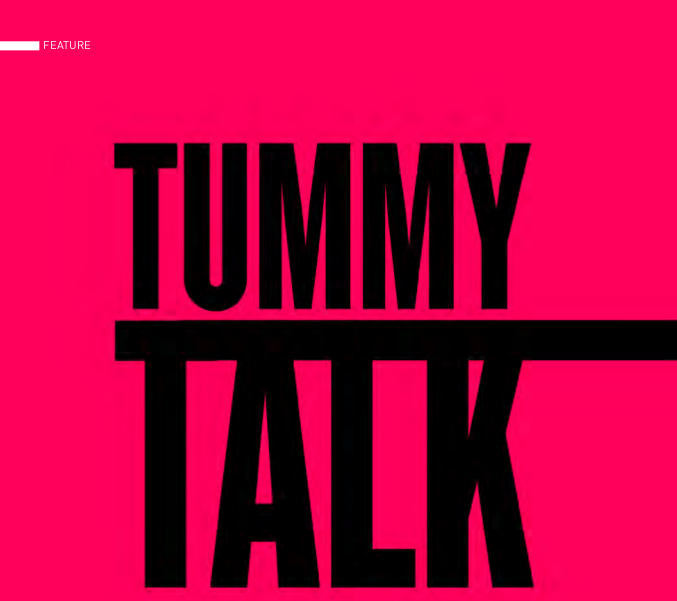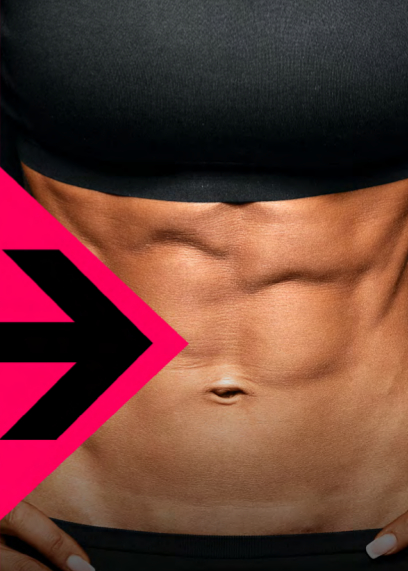Matthew Knight: The Biggest Six-Pack Mistakes You’re Making Right Now
Matthew Knight: The Biggest Six-Pack Mistakes You’re Making Right Now
Share

Matthew Knight identifies the biggest six-pack mistake you’re making right now, and how to fix it. see you on the beach!
Crunches, sit-ups, swiss balls, abs benches, roman chairs, abs rollers, hanging leg raises…. the list of abdominal exercises is endless, but which ones are best? And what will a bad abdominal programme do to your physique?
A personal pet peeve is watching a personal trainer getting their client to do crunches or sit-ups while they hold on to their client’s feet. If you’re doing this, or being told to do this by your personal trainer, please stop. Right now!
Let’s take a closer look at the function of the abdominals and the hip flexor muscles…
The abdominal muscles are a sheet of muscle divided by lines of fascia originating from the lower portion of the rib cage and inserting on the front of the pelvis. This alone indicates that the function of the abdominal muscles is to contract to bring the chest towards your pelvis by flexing of the spine and rounding the back.
The hip flexor muscles originate on the inside back wall of the pelvis and insert on the front of the femur (upper leg bone), therefore their function is to bring the upper body towards the legs.
So…
 When your feet are held down by a trainers’ hands or stuck under something to prevent their movement, this will automatically cause you to pull against the resistance applied and activate the hip flexors to be the prime movers. The abs will then become the synergist muscle, supporting and stabilising the spine during the movement of lifting the torso. However, you don’t want the hip flexors to be the prime mover when doing an abs workout, this is where you want your abs to be!
When your feet are held down by a trainers’ hands or stuck under something to prevent their movement, this will automatically cause you to pull against the resistance applied and activate the hip flexors to be the prime movers. The abs will then become the synergist muscle, supporting and stabilising the spine during the movement of lifting the torso. However, you don’t want the hip flexors to be the prime mover when doing an abs workout, this is where you want your abs to be!
In future, don’t hook your feet under anything (especially your trainers’ hands). Instead, your feet should be comfortably placed on the floor, and you should curve your spine, rounding your back and bringing your shoulders off the floor.
According to electrocardiogram (ECG) results the exercise that stimulates the most amount of muscle fibre are leg raises in a hanging position. However, you still need a certain amount of abdominal strength to do this. If you’re new to abs training, I would recommend you start from the floor and work your way up.
Now, get sculpting. Those beach bodies aren’t going to make themselves!
Visit WWW.ELITEPHYSIQUE.CO.UK













FOLLOW BESTFIT